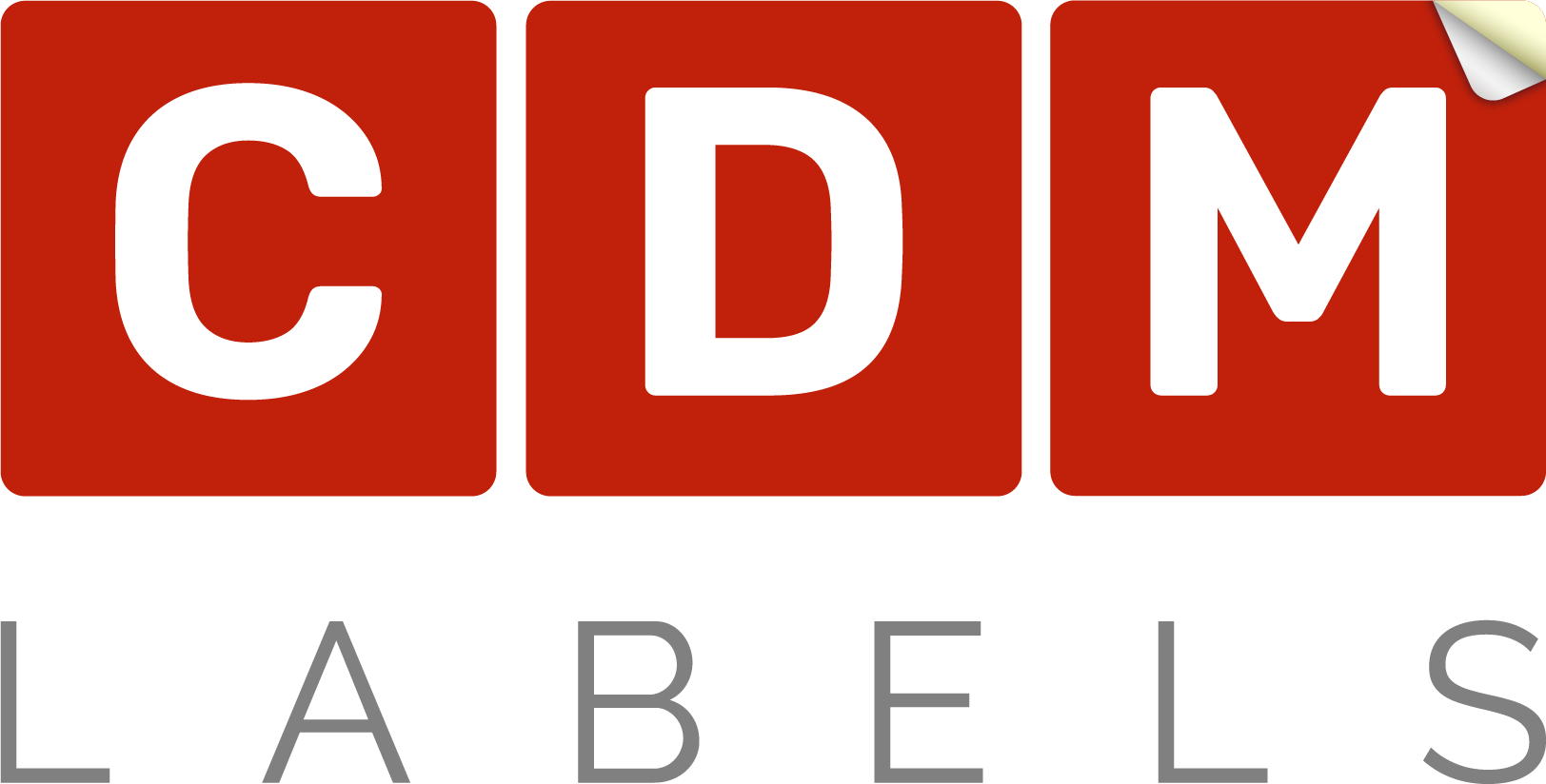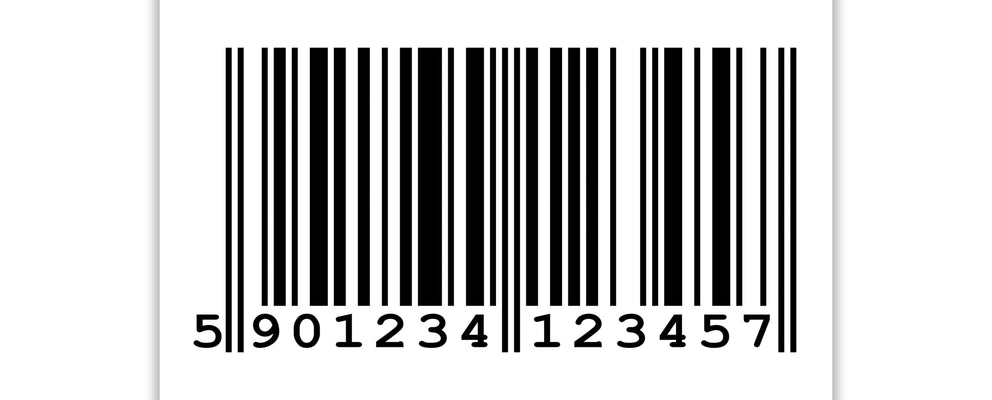Barcodes have truly blended into our modern world, quietly driving efficiency across a multitude of tasks. Whether swiftly scanning products at the supermarket or tracking packages during shipping, these unassuming lines and patterns play a pivotal role in data management. In this guide to barcodes, we're about to unravel the intriguing universe of these unique identifiers.
Barcodes have come a long way since their introduction in the 1940s, evolving from traditional linear codes to sophisticated 2D variants like QR codes. In this guide, we'll unravel the intricacies of each type, weighing their respective strengths and limitations. Moreover, we'll delve into the extensive spectrum of industries where barcodes find utility, spanning retail, healthcare, logistics, and beyond.
What Are Barcodes and How Are They Used?
At their core, barcodes are a form of machine-readable representation of data, usually in the form of a series of lines, spaces, or dots. But what exactly are barcodes, and how are they used across various industries and applications?
Barcodes serve as a connection point between the physical and digital worlds. These visual codes encode information that can be easily scanned and processed by machines and cameras, making them a vital tool for data tracking and management. Whether it's capturing product details, tracking inventory, or enhancing security, barcodes offer a versatile means of identification and data retrieval.
The applications of barcodes are extensive. They simplify the checkout process at retail stores, ensure accurate medication administration in healthcare, optimise supply chains in logistics, and streamline manufacturing operations. In addition to their role in business and industry, barcodes have found their way into areas such as transportation, libraries, and even art, where they aid in inventory management, ticketing, and authentication.
Barcode Labels: A Key Component in Data Automation
Barcode labels, imprinted with encoded information, facilitate the interaction between physical items and the digital systems that track, manage, and identify them.
At their core, barcode labels are adhesive or printed tags affixed to products, packaging, or documents. They contain encoded data that can be swiftly and accurately read by barcode scanners and readers. These labels play a pivotal role in automating data capture processes, ensuring precision, and expediting a wide range of tasks across numerous industries.
Barcode labels are vast in their forms and materials. They can be printed on paper, synthetic materials, or even metal, with each type tailored to specific requirements such as durability and environmental conditions.
Generating and printing barcode labels involves selecting the appropriate barcode symbology, encoding data, and ensuring label quality for successful scans. Modern technology has simplified the process, making it accessible for various purposes, from small-scale operations to large-scale industrial use.
Applying Barcodes To Business and Commercial Settings
Barcodes have become indispensable tools for businesses across a multitude of industries, revolutionising the way data is managed, products are tracked, and operations are optimised. In business and commercial settings, the integration of barcodes serves to enhance efficiency and accuracy. These lines and patterns automate data capture processes, resulting in streamlined operations. For instance, in retail, barcodes expedite checkout processes, reduce pricing errors, and enable precise inventory control. In logistics and supply chain management, they facilitate the tracking of products from manufacturer to consumer, ensuring efficient distribution and minimising losses.
Effective inventory management is a crucial factor of successful businesses, regardless of their size. Barcodes provide real-time visibility into stock levels, reducing overstocking and stockouts. This leads to improved order fulfilment, lower carrying costs, and increased profitability. Furthermore, barcode-based point-of-sale (POS) systems have transformed customer transactions in the retail sector. They enable quick and accurate scanning of products, reducing waiting times, enhancing customer satisfaction, and facilitating robust sales reporting.
FAQs
What are the most common types of barcodes?
The most common types of barcodes include linear barcodes (1D), 2D barcodes, QR codes, and postal barcodes. Each type has unique characteristics and is used in various industries and applications.
How are barcodes used in retail?
In retail, barcodes are used for product identification, price lookup, and inventory management. They expedite the checkout process, reduce pricing errors, and enable precise tracking of stock levels.
Can I create my own barcodes for my products?
Yes, you can create your own barcodes. There are software programs and online tools available that allow you to generate barcodes with specific data, such as product information or serial numbers.


